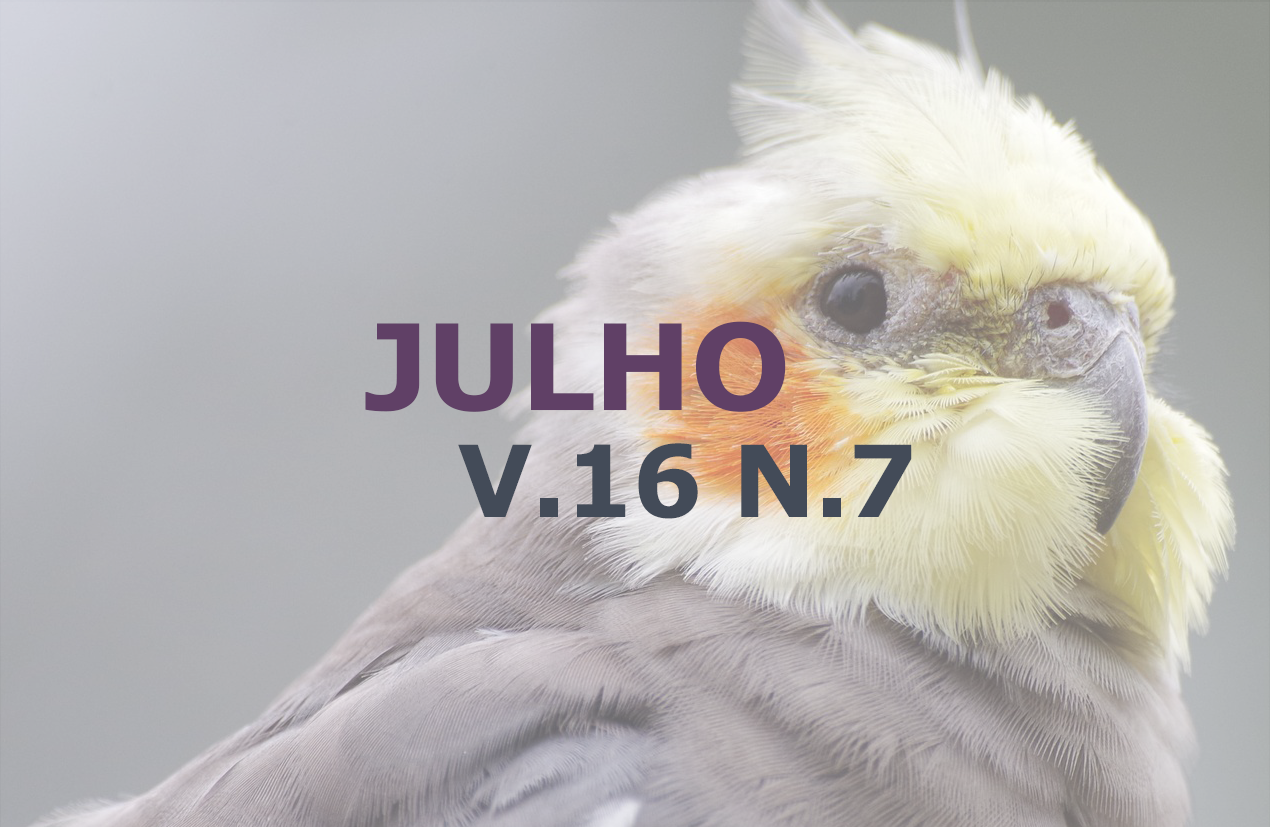Eight-month-old female dog parasitized by Dioctophyma renale, diagnosed by abdominal ultrasound
DOI:
https://doi.org/10.31533/pubvet.v16n07a1158.1-9Keywords:
Canine, giant kidney worm, Imaging diagnosisAbstract
Dioctophyma renale, also known as giant kidney worm, is a nematode with worldwide distribution and, although it can be found in other organs and also free in the abdominal cavity, it stands out for being the only one capable of specifically colonizing the kidney, being more prevalent in the right kidney. It has been described parasitizing mustelids, domestic and wild carnivores and, rarely, man. Infections caused by D. renale occur through ingestion of larvae that may be present in fish, frogs or aquatic annelids by the definitive host. Clinical signs in general are hematuria, inappetence and abdominal and lumbar pain, however, animals can be asymptomatic when only one kidney is parasitized. The diagnosis is made by finding and identifying eggs in parasitological examination of urine, abdominal ultrasound or even excretory urography, which can complement the diagnosis. Treatment consists of nephrectomy for advanced stage cases or nephrotomy to remove the parasite in cases with early diagnosis. In this context, the objective was to report a case of parasitism in a six-month-old female canine, attended at the veterinary clinic É o Bicho, in Rezende, Rio de Janeiro. Its main clinical sign was hematuria, highlighting the importance of B-mode abdominal ultrasound as a quick and efficient diagnostic method in the identification of D. renale in dog kidneys.
Downloads
Published
Issue
Section
License
Copyright (c) 2022 Lígia Raposo Bernardes, Laiana Guimarães de Carvalho Nogueira, Cristiano Chaves Pessoa da Veiga

This work is licensed under a Creative Commons Attribution 4.0 International License.
Você tem o direito de:
Compartilhar — copiar e redistribuir o material em qualquer suporte ou formato
Adaptar — remixar, transformar, e criar a partir do material para qualquer fim, mesmo que comercial.
O licenciante não pode revogar estes direitos desde que você respeite os termos da licença. De acordo com os termos seguintes:
Atribuição
— Você deve dar o crédito apropriado, prover um link para a licença e indicar se mudanças foram feitas. Você deve fazê-lo em qualquer circunstância razoável, mas de nenhuma maneira que sugira que o licenciante apoia você ou o seu uso. Sem restrições adicionais
— Você não pode aplicar termos jurídicos ou medidas de caráter tecnológico que restrinjam legalmente outros de fazerem algo que a licença permita.





